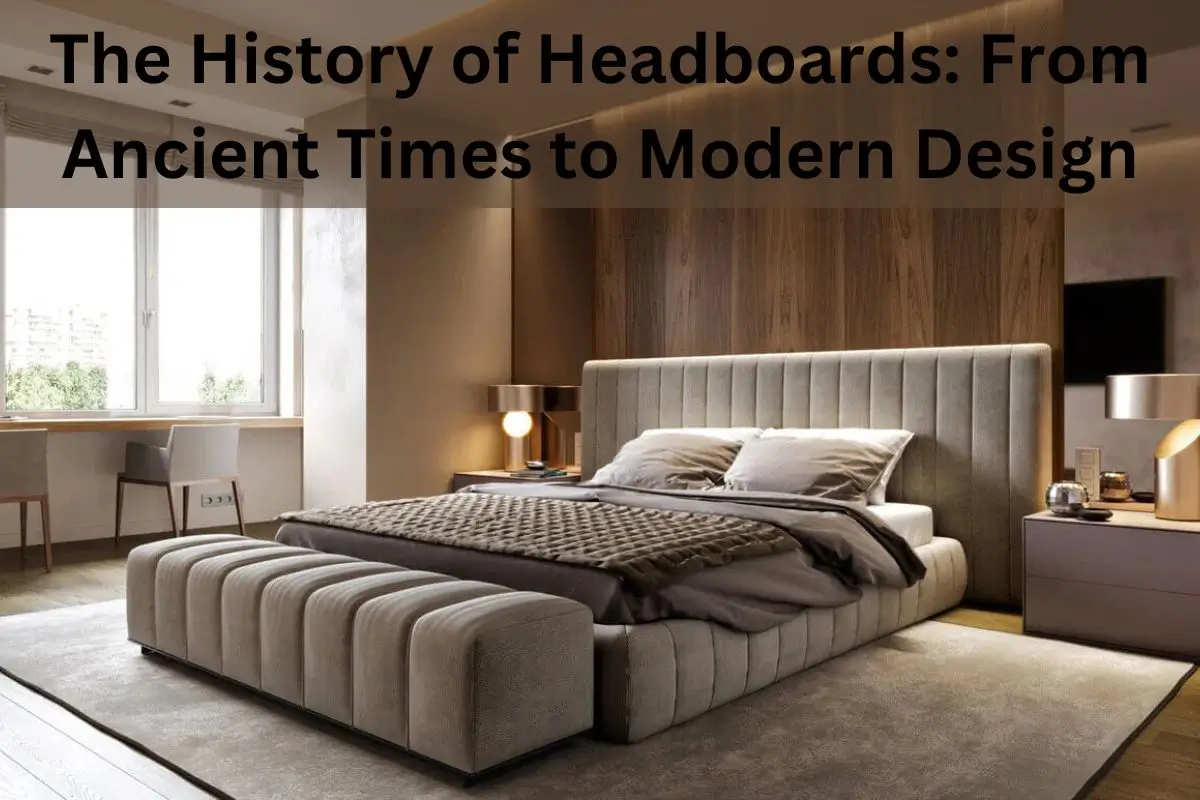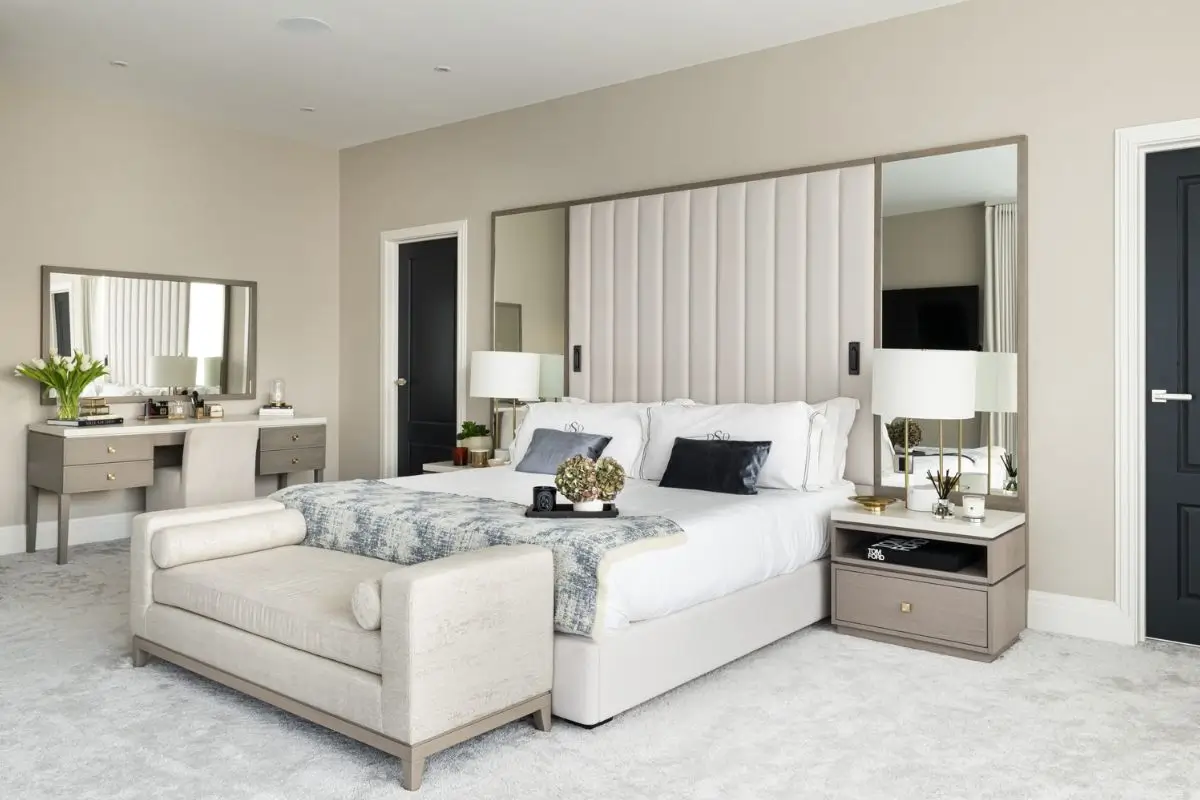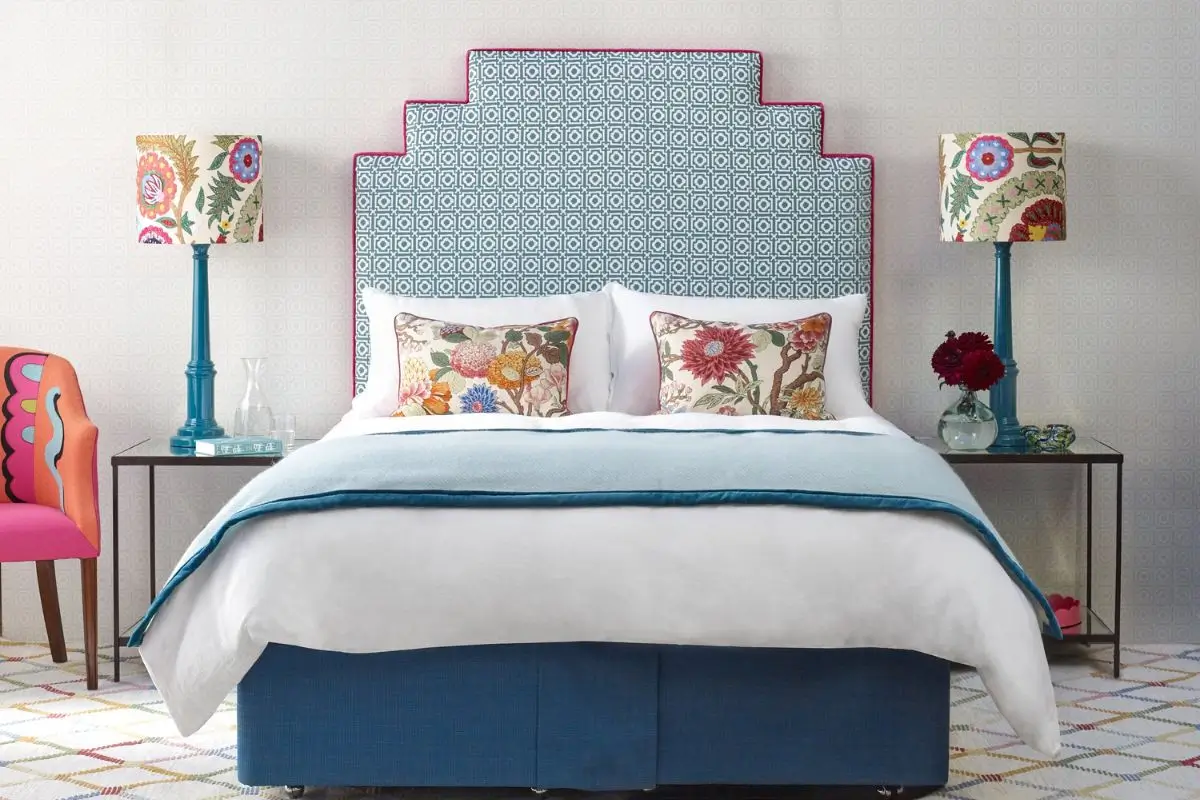
The History of Headboards: From Ancient Times to Modern Design
Headboards have evolved from simple, functional pieces to design staples, bringing both style and comfort to bedrooms. What started as a solution to cold drafts in ancient times has transformed into an essential decor element with diverse styles to fit any bedroom theme. Let’s explore the fascinating history of headboards, how they’ve evolved through the ages, and their role in modern design.
Ancient Beginnings: The Birth of the Headboard
The origins of the headboard date back to ancient Egypt and Greece, where they served as practical solutions rather than decorative pieces. In ancient Egypt, headboards were crafted from wood to protect sleepers from drafts, as wood is less conductive of temperature than stone walls. Greek headboards were simple and functional, but often decorated to display wealth and status. These early headboards were symbols of comfort and prosperity, combining practical use with the aesthetic values of the era.
Middle Ages: Practicality and Protection
In the Middle Ages, headboards evolved further as insulation against cold. Large, heavy wooden headboards protected sleepers from the chill of stone walls in castles and manors. These pieces were often thick and elaborately carved, reflecting the artistic style and social rank of the owner. By this time, headboards had become larger and more ornate, adding a sense of grandeur to the room. This period saw the shift of headboards from mere practicality to symbols of wealth and craftsmanship.
Renaissance Period: Symbolism and Sophistication
During the Renaissance, headboards became even more sophisticated, reflecting the ornate and artistic values of the time. Wealthy families adorned their headboards with luxurious materials like velvet, silk, and intricate carvings. Headboards were no longer just practical; they became symbols of status and refinement. This era saw the rise of upholstered headboards, combining comfort with elegance. The designs focused on artistry, and the headboard became a focal point in bedrooms, making a bold statement of taste and wealth.
Victorian Era: Opulence and Elegance
In the Victorian era, headboards continued to gain prominence as lavish bedroom pieces. Victorian headboards were characterized by rich upholstery and intricate designs, often incorporating floral and scroll motifs. The Industrial Revolution enabled mass production, allowing a wider range of designs to emerge and making headboards more accessible. The Victorian headboard became the epitome of luxury, blending opulent fabrics with decorative flourishes, and was no longer confined to the homes of the elite.
Early 20th Century: Modernism and Minimalism
As we moved into the 20th century, headboards reflected the growing trends of modernism and minimalism. The designs became simpler, focusing on clean lines and functionality rather than elaborate detail. Influences from Bauhaus and Art Deco inspired sleek headboards made from materials like metal and polished wood. This period also marked the shift from heavy, bulky headboards to lighter, more accessible designs, emphasizing the balance between style and practicality. Headboards now fit smaller, urban spaces while offering a modern aesthetic.
Mid-Century Modern Influence: Sleek and Functional Designs
The mid-20th century brought about the mid-century modern style, characterized by sleek, geometric headboards that prioritized form and function. Headboards were often low-profile, with materials like walnut, teak, and plywood dominating the design. This era popularized wall-mounted headboards that didn’t take up much space but added warmth and character. The focus was on simplicity, clean lines, and organic forms, which made headboards more affordable, versatile, and suitable for a wide range of bedroom styles.
Contemporary Designs: Innovation and Personalization
In the contemporary era, headboards are highly diverse, allowing homeowners to customize designs to fit their style. Today’s headboards range from plush upholstered styles to minimalist metal and wood combinations. Innovations like LED lighting, storage compartments, and modular designs have made headboards multifunctional. The rise of DIY culture and customizable furniture also means that people can personalize headboards to create unique bedroom focal points that reflect individual tastes and needs.
Upholstered Headboards: A Touch of Comfort and Luxury
Upholstered headboards have become increasingly popular in modern bedrooms for the comfort and style they add. With materials like velvet, linen, and leather, upholstered headboards provide a soft, padded surface that enhances coziness while maintaining a chic look. They’ve become especially popular in minimalist and luxury designs, offering a versatile option that can blend with various decor styles. Upholstered headboards can be simple or embellished with buttons, tufts, or nailhead trims, giving homeowners countless ways to add texture and sophistication to their space.
Sustainable and Eco-Friendly Headboards: Modern Concerns
With sustainability becoming a key concern in interior design, eco-friendly headboards made from reclaimed wood, bamboo, or recycled materials have gained popularity. Sustainable options allow homeowners to make environmentally conscious choices without sacrificing style or quality. These headboards often retain a natural, rustic look that fits well in contemporary, bohemian, and Scandinavian design styles. Choosing eco-friendly materials not only supports the environment but also brings a sense of authenticity and natural beauty to bedroom interiors.
Conclusion
From ancient protection against drafts to modern symbols of style, headboards have come a long way. Once purely functional, they now blend practicality with aesthetics, adapting to changing styles and needs. Today, headboards are not just bedroom essentials—they’re central design pieces that offer a blend of comfort, style, and personalization. As headboard designs continue to evolve, they remain a reflection of personal taste, technological advancements, and a nod to history, proving that this bedroom staple will always have a role in transforming spaces.





0 comments